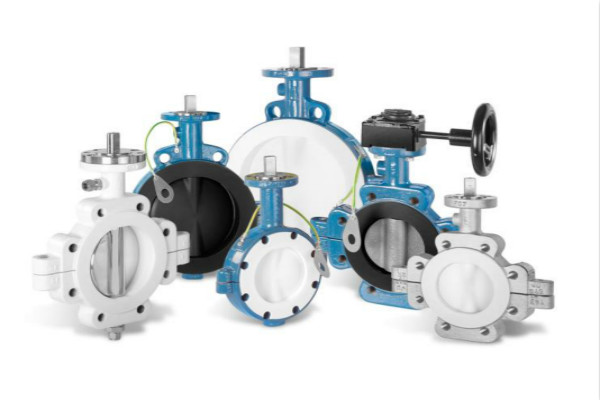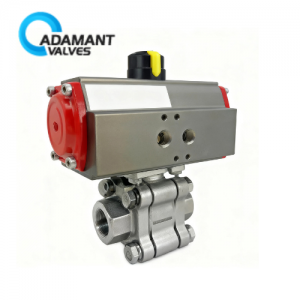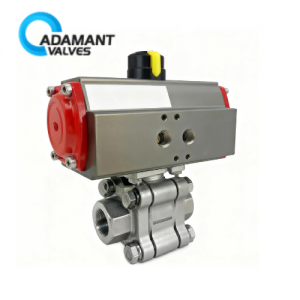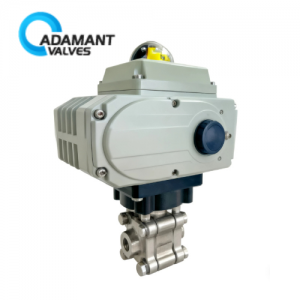Features and Pricing of Sanitary Valves

As the name suggests, sanitary valves have been designed for use in areas that require sterile or clean processing. You will find their applications in the food, medical, dairy, chemical, and pharmaceutical industries. Their common features are crevice-free, polished surfaces, and easy cleaning. The media flowing through these valves include liquids, gases, and those liquids with solid suspensions.
Common Features of Sanitary Valves
These valves have the following features:
1. Crevice Free
Crevices are not desirable when working with products that are of prime importance to humans. As aforementioned, sanitary valves have been used in various industries like food, dairy, medical, and more. These are highly sensitive industries where sanitation is critical.
Having said that, there should be no room for contamination and that means all sources of contamination should be unheard of. Crevices can be a threat to hygiene and that’s why sanitary valve manufacturers ensure these devices are crevice free.
2. Easy Cleaning
In an industry, cleaning is paramount, and depending on the nature of the end products, it should be carried out as often as possible. In a dairy plant, for instance, the piping where the dairy products flow should be kept clean, including the valves that regulate the flow of these products.
Like all businesses, manufacturing plants wouldn’t like to spend an arm and leg on cleaning. A better way to achieve this would be to use those valves whose material is easy to clean and doesn’t hold stains. Fortunately, sanitary valves are not hard to clean.
3. Polished surfaces
Most surfaces, whether wooden or metallic, are susceptible to degradation with extended use. While pests may attack wooden surfaces, corrosion usually spreads on most metallic surfaces, particularly those exposed to water and other liquid substances. This can cost lots of money in replacements.
It can also contaminate any liquid or gaseous media that flows through such metallic surfaces. One way to cut these costs would be to use valves because they come with polished surfaces and are therefore rust-free. In most cases, you’ll come across valves made from polished stainless steel and are undoubtedly clean.
Factors Affecting Pricing
1. Material Type
Depending on the material type of the valve you want to buy, the cost of one valve may differ from that of other valves. For example, when buying sanitary butterfly valves, you should be mindful of the material type and the handle style. Not all manufacturers provide the 316L and 304L valves but those who offer valves with these materials may price them differently. Sanitary valve suppliers will be able to advise you on which manufacturers provide valves with the material you’re looking for.
2. Working Pressure
The other factor is the working pressure. This refers to the pressure under which a valve is meant to operate. It varies across different valves depending on the type of application you’d like to put the valve to. Obviously, sanitary butterfly valves with a higher working pressure may cost slightly more than those whose working pressure is low.
3. Material Temperature
Lastly, the material temperature also affects the pricing. This is the temperature at which a valve can withstand while still functioning normally. The cost of a valve to be used in the food industry may vary from that of a valve being used in a medical setting because the former may require a higher material temperature, than the latter.




